Seeing the Elephant
I visit Civil War reenactments to understand one of the ways we as a culture preserve collective memory. Together, we grasp at tradition, desire, and a fabricated knowledge of all things behind us, treating “Civil War reenacting as a ‘subspecies of nostalgia,’ reflecting not only a longing for the past, but a response to the conditions in the present.”1 Like those who used the phrase seeing the elephant in the 19th century, we migrate from a conventional setting of modern life to an event veiled with mystery and filled with expectation. Amidst souvenir vendors, historical photographers, and rows upon rows of tents, the American past stumbles and bumps into the present, guided around a course by costumed interpreters. New histories splinter off from old as we slip into the imagined parts of an antiquated world.
Due to its enormity in interpretation, publication, and reenactment, the Civil War’s touch on our culture will fuels my photographic examination. As I travel from small mid-western events to cities and towns still left with scars from the war, I am aware of the complexity these places hold, and look to the interpreters of the past to illustrate these histories.
1.Mitchell D. Strauss, “A Framework for Assessing Military Dress Authenticity in Civil War Reenacting.”
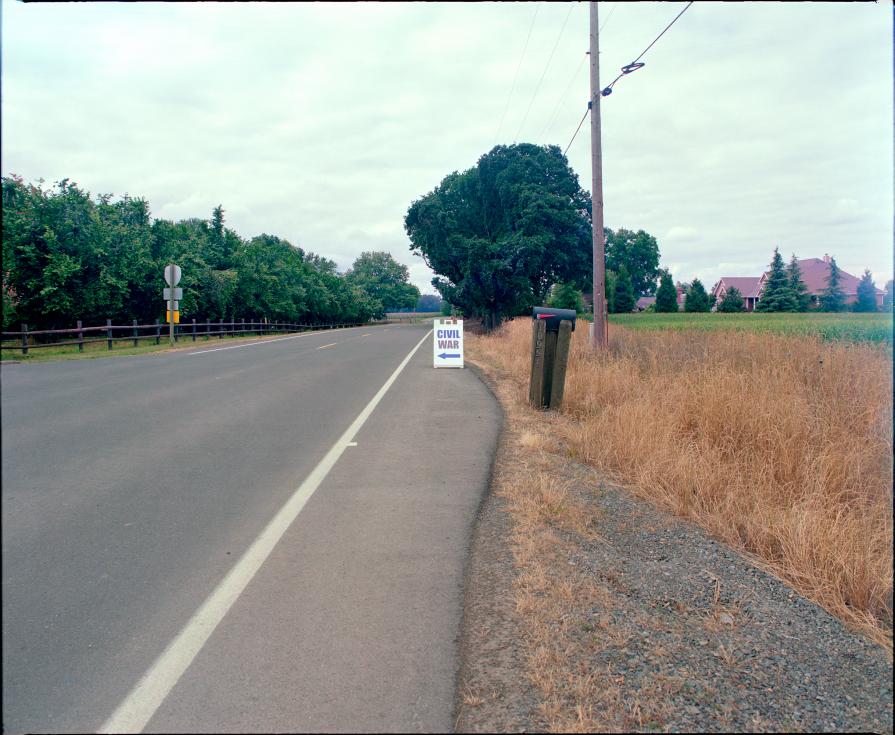
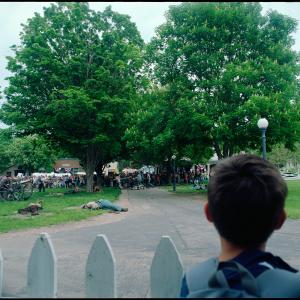
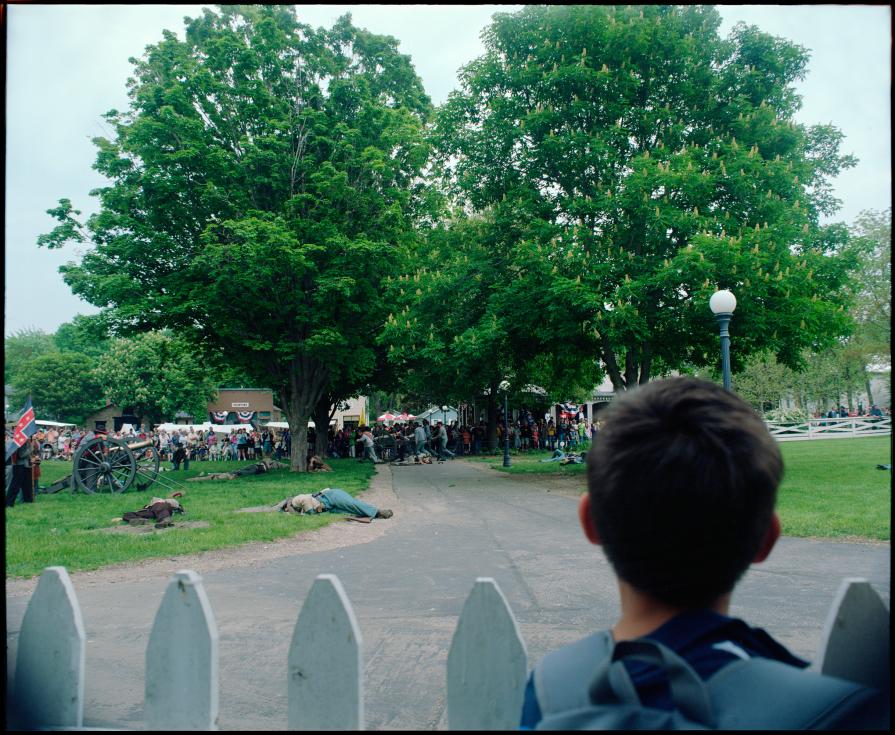
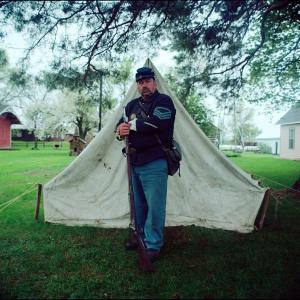
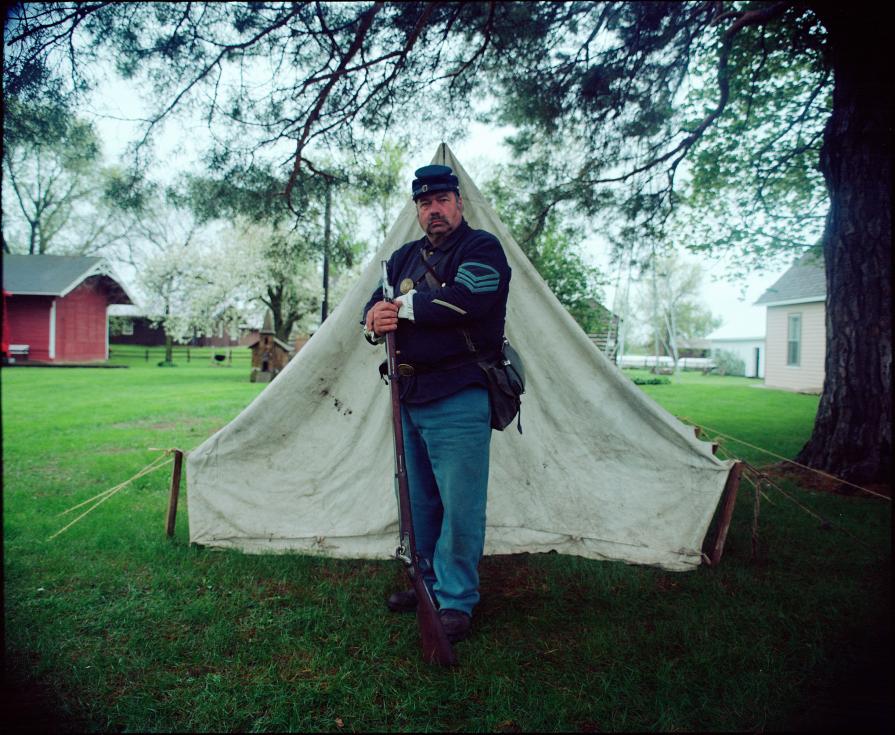
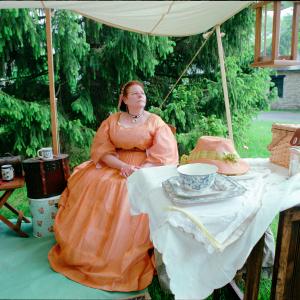
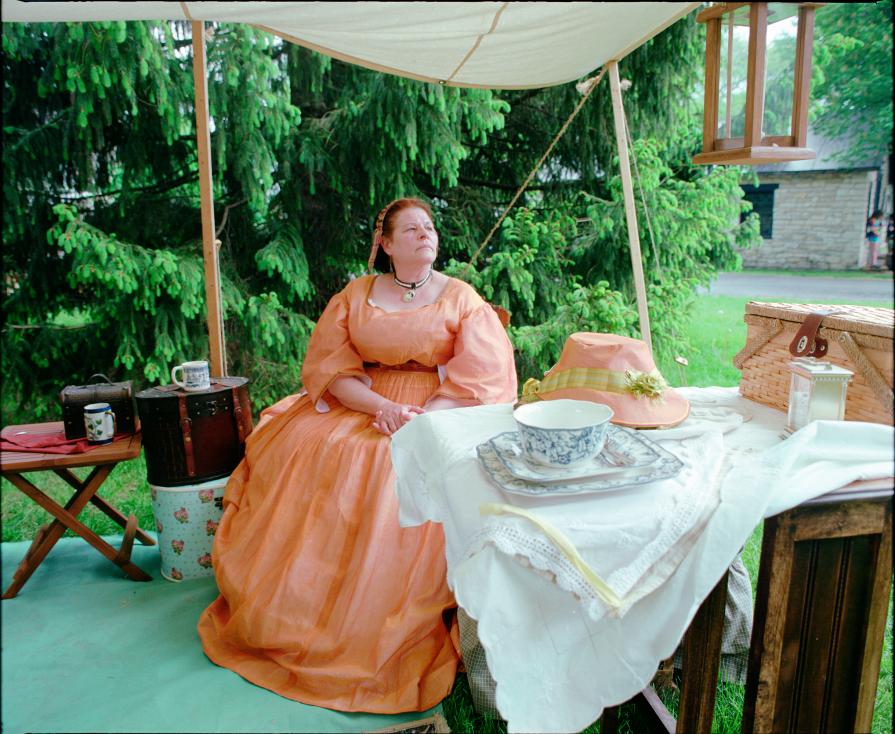

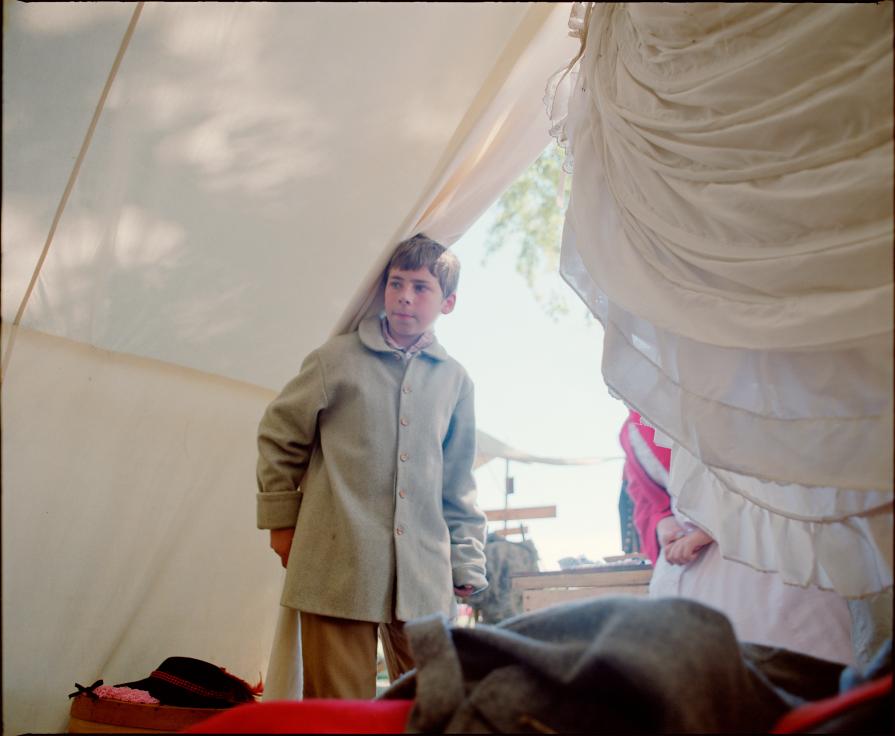
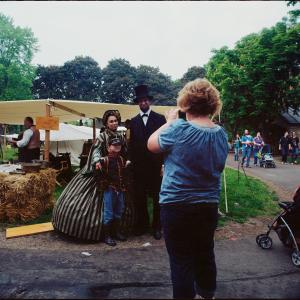
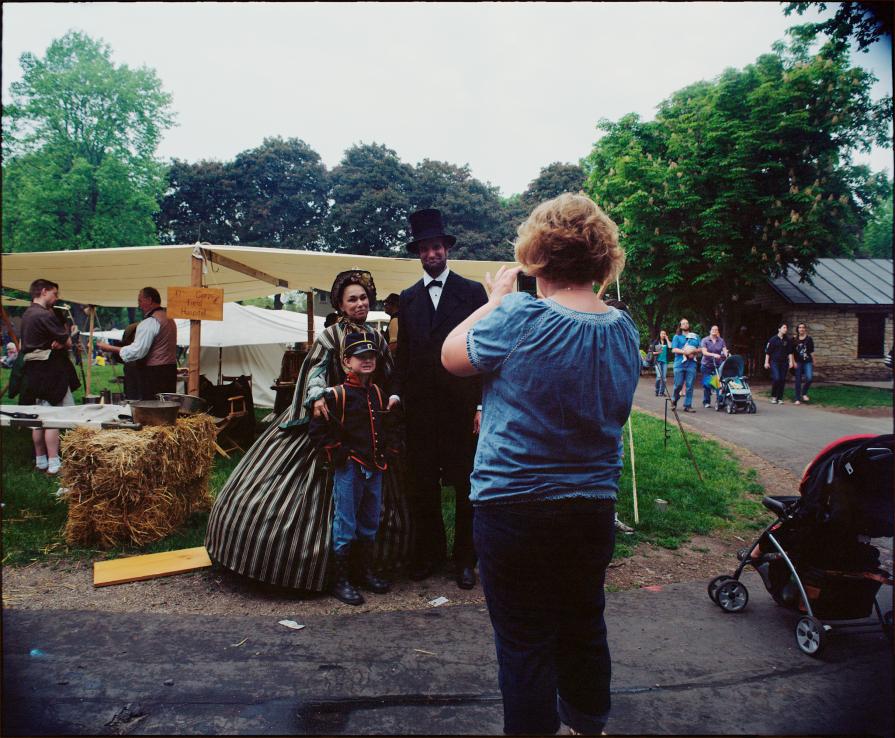
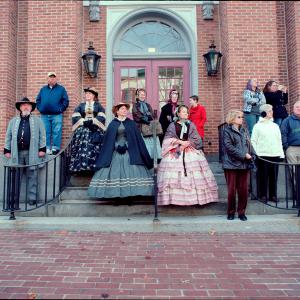
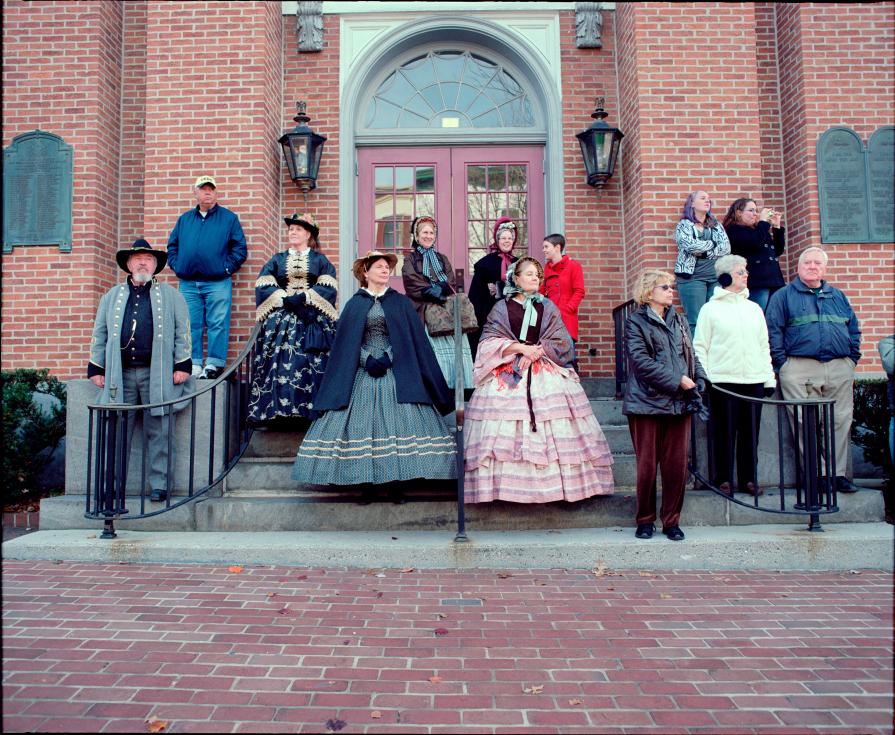
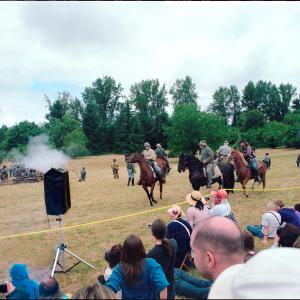

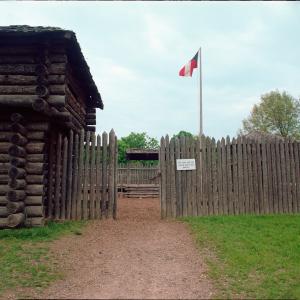
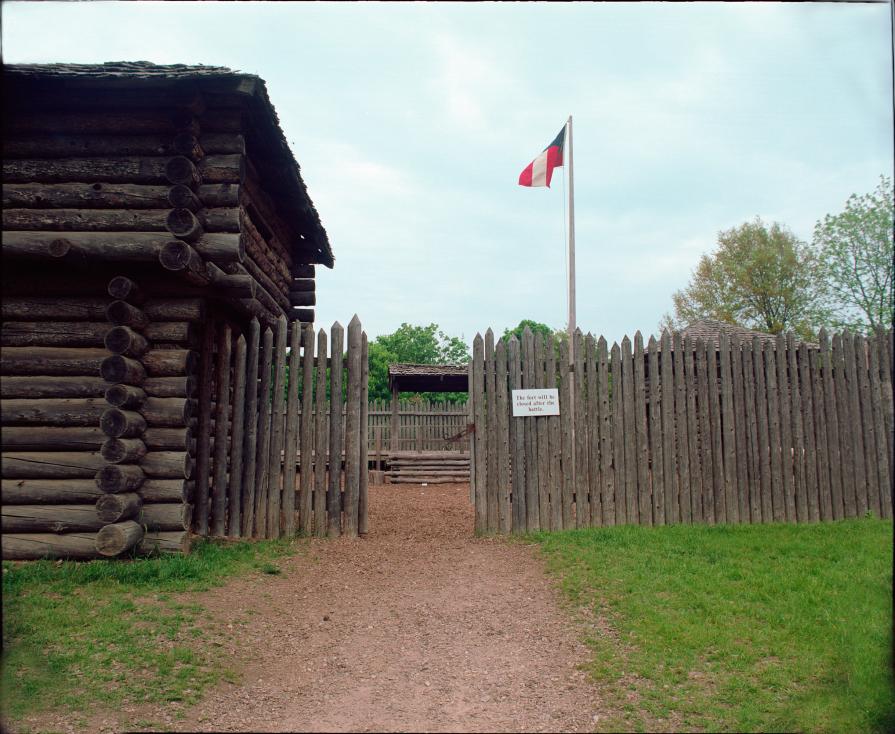
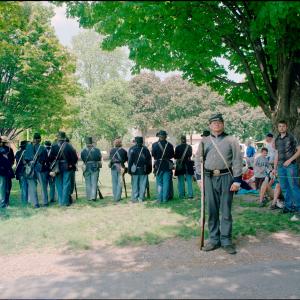








Comments 0
Say something